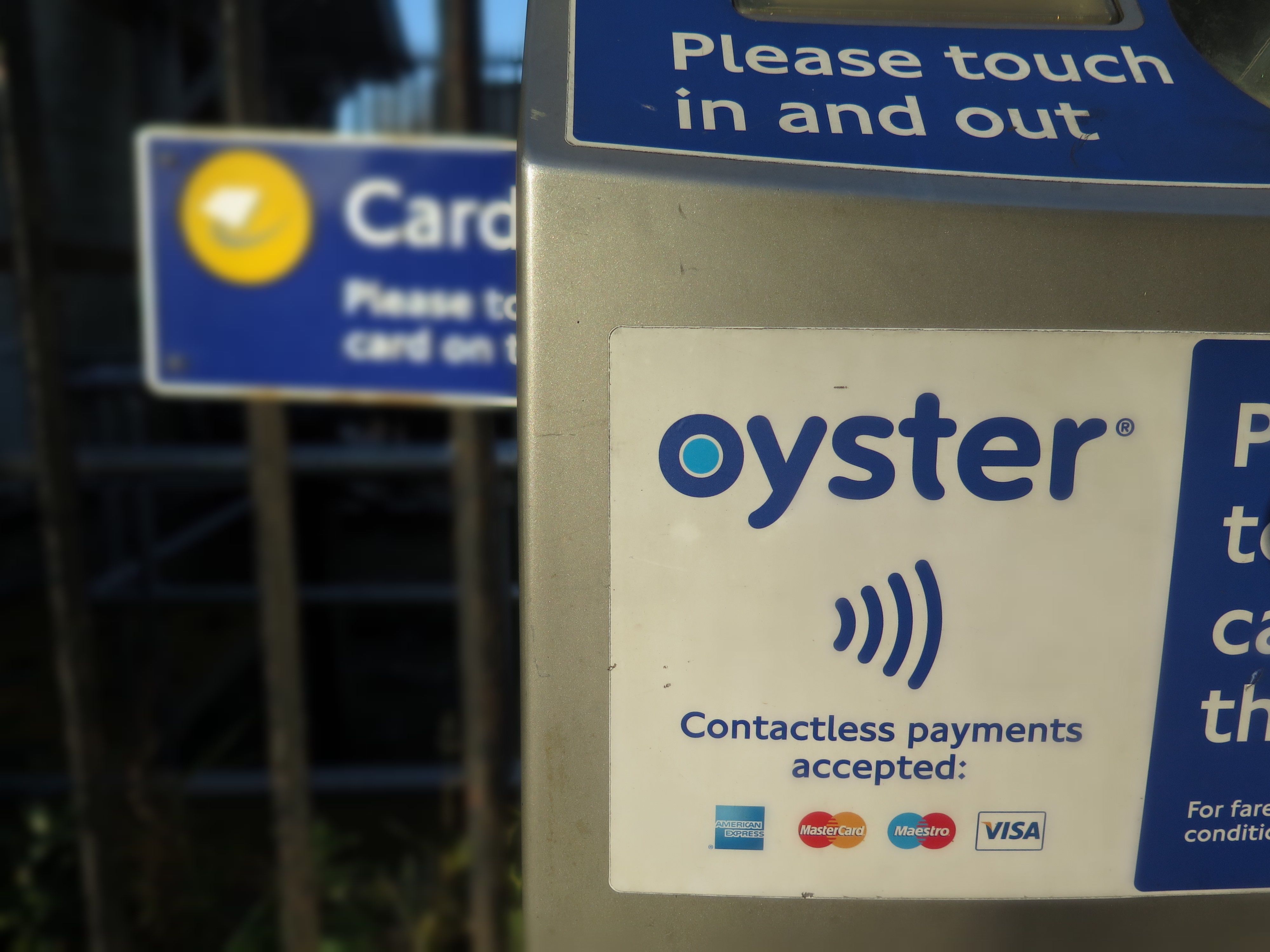
A frequent question in the Mobility as a Service (MaaS) space is what is the best role for a local public transit agency (PTA) or regional transit agency (RTA)?
Some agencies want to build, own and operate their own private MaaS platform. Some want to own and operate their own private platform but outsource the development of a closed model, like MaaS Madrid. At Iomob, we believe proprietary, closed MaaS platforms operated by a city or the PTA/RTA are not desirable.
It takes significant taxpayer money to build or develop proprietary platforms and it is not likely that public entities will be able to innovate and provide the user experience that private MaaS players can achieve.
MaaS Global (creator of the Whim app) has been vocal about the challenges of getting local transit operators to open their data and ticketing platforms so that public transit can be packaged in with other private mobility services to offer pay-as-you go and subscription deals.

There has been a surprising amount of resistance to allowing third party MaaS players to sell public transit tickets on their platforms. We say surprising, because for us at least, public transit authorities should be encouraging the resolution of first- and last-mile to public transit services as this can help get people out of private cars, supporting the desired transition towards lower congestion and lower-emitting cities.
One would hope, in response to the Covid-19 pandemic, and the devastating impact it is having on transit agencies, that this may further accelerate the desire to find any way to get more people to use transit and to not revert to the perceived safety of their cars.
Most of those debating the role of PTAs and RTAs in MaaS take a fairly binary approach: either the transit authority should own and operate a private, closed MaaS system, or it should open its ticketing and allow a market approach with multiple competing MaaS players battling it out for user acquisition.
But what if there is a middle ground between the two extremes? At Iomob we have been exploring this middle ground for a few years now and finally found a public sector client with shared values and curiosity to test it. Swedish public transport supplier Skånetrafiken, along with its partner Skåne Innovation and with funding from the Swedish Energy Association, is enabling Iomob to build a middleware solution for the region.
MaaS in Skåne
The MaaS in Skåne project will deliver a regional, open multimodal shared mobility platform for municipalities including Malmo, Lund and Helsingborg, starting later this year. In 2019, Iomob was one of three winners of the 2019 Swedish Sustainable Mobility Challenge, which led to this opportunity.
Iomob’s project aims to develop a scaleable MaaS solution, accomplished by increased accessibility, reduced environmental impact and congestion, through seamlessly connecting buses, trains, taxi, bicycles, scooters, car-sharing and so on, in one platform. Iomob has initiated the recruitment and integration of key early shared mobility services, with Tier and Voi being the first micromobility services to sign up as part of Iomob’s “micromobility bundle”.

The project partners and suppliers will use Iomob’s MaaS platform with a unique ability to create open mobility markets which can interoperate across regions, and create a reliable and flexible service for consumers. The solution will create changed travel behaviours that will reduce travel by private car, promote CO2-efficient modes of transport, be commercially viable and facilitate easy introduction of new mobility services.
It will also support the global sustainable development goals of Agenda 2030, reward travel on foot and bicycle and include public transport, rental bicycles and car-sharing, et cetera.
Open mobility
Iomob has developed a technology platform for mobility that enables seamless, multimodal travel over an open network with a large number of mobility service providers (MSPs). This open architecture empowers PTAs and third party MaaS providers to deliver consumer-facing mobility apps to their users.
Iomob will offer a software development kit (SDK) that combines intermodal algorithms, our new transit ticketing system and integrations of several private mobility services (taxis, ride-hailing, micromobility) for use within Skånetrafiken’s own transit app. This will also likely incorporate our new features for social distancing and potentially Virtual Seat (see below: What is ‘Virtual Seat’?) as well.

What is unique about this project is that Skånetrafiken has given the green light for Iomob to offer the same SDK - or the application planning interface (API) that feeds it - to other organisations wishing to offer a MaaS experience in the region.
Therefore Skånetrafiken is moving away from the paradigm of transit agency-controlled monopoly by being one of potentially many players offering MaaS in their region - with the ability to include the sale of its services in these third party apps.
Hybrid MaaS
We believe this is the first known implementation of a hybrid model where a PTA/RTA pays a private MaaS developer to create an SDK for use inside the RTA’s app - but also encouraging the developer to recruit third party MaaS players to also use the SDK to offer competing MaaS experiences in their region.
Iomob has already initiated conversations with three private MaaS players to explore their use of Iomob’s SDK (or the API) in the Skåne region. In the future we believe we will see all kinds of innovations from competing MaaS services. Some will focus on subscription models. Some will focus on roaming models in regions or even across the globe. Others may choose to add all kinds of new ancillary services on top of mobility (for example, hotels, tourist attractions or discounts at restaurants).
In fact, we have explored several different revenue models (see below: MaaS degrees of separation) for MaaS with clients in recent months, demonstrating there could be room for multiple competing MaaS platforms in the same region, each with their own motivations and revenue models.
It is hard to claim that there is a one-size-fits-all solution to the role of PTAs/RTAs in MaaS ecosystems on a global basis or even within a region like Europe - or a country. Yet, we believe our pioneering client, Skånetrafiken, has the right mindset to be open to experimenting with a hybrid model where they have a MaaS solution but they open up that solution so that third parties can also come into their region and offer MaaS platforms.
The potential to compel these platforms to adhere to static and dynamic regulatory controls makes the Skånetrafiken experiment even more innovative - and hopefully one the whole global MaaS community will have its eyes on.
ABOUT THE AUTHORS:


Boyd Cohen (far left) and Scott Shepard are, respectively, co-founder and chief business officer of Iomob
What is ‘Virtual Seat’?
With Virtual Seat, the transport operator shares with Iomob the desired maximum capacity it wishes to enable (for example, 200 seats on a 600-seat capacity rail/metro line). A user inputs their origin and destination into Iomob’s routing engine and selects their preferred available timeslot. They then receive a QR code with stated information about their approved journey. If the operator has installed QR readers on the vehicle or at fare gates, then this can be seamlessly automated. If not, the operator can choose to offer hand-held QR readers to staff with proper protective equipment, or ask drivers to glance at the user’s QR code to confirm their reservation - or just do random spot checks of passengers.

MaaS degrees of separation
Dynamic ecosystem management tool
We hope to work with Skånetrafiken and Skåne Innovation to create a software tool that supports dynamic ecosystem management functions, write Boyd Cohen and Scott Shepard. This would mean any third party MaaS app which wants to access the SDK that contains Skånetrafiken’s transit ticketing must adhere to the static and dynamic rules set in its platform. This could include, for example, methods for regulating the parking of shared and micromobility vehicles, or demand management tools such as varying the number of private ride-hailing and licenced taxis vehicles that can circulate in response to a crisis (e.g. weather event, loss of electricity, terrorism). It could also mean subsidising private operators to service the public when the transit system is too congested or when service delivery is not financially viable (for instance, sending a bus along a fixed route with one known user).
Third party MaaS applications
In another first of its kind innovation, Iomob’s core solution will not only be offered to Skånetrafiken for use within its own mobility app, but also the transit authority intends to allow Iomob to offer this same solution that includes Iomob’s intermodal algorithms, integrations with private mobility services and Skånetrafiken’s own transit services to private companies which wish to leverage Iomob’s award-winning technology to offer their own B2C MaaS experience.
SDK-powered micromobility bundle
In the Skåne region, users of apps connected to Iomob’s back-end will also be able to access a wide range of micromobility operators wherever they travel without having to discover, download and on-board (profile and credit card info) for each new micromobility service. Not only does this drastically improve the experience for users but is also of big benefit to the micromobility operators, which will be able to optimise their fleet utilisation, and therefore improve their unit economics by gaining low-cost (virtually free) access to new users who may otherwise not have discovered or on-boarded their own app.
This micromobility bundle service offers another benefit to micromobility operators. If they so choose, operators can also include access to Iomob’s inventory of micromobility operators via an SDK embedded into their own app. Take Tier, which is to be integrated in the MaaS for Skåne project. The company aspires to be the pan-European leader of micromobility - in particular, shared electric kick-scooters. Instead of trying to achieve world domination, Tier has opted to focus on trying to the best in its region. If Tier were to not just be a supply partner but also to integrate a link to our bundle, they could allow their loyal customers to travel the whole world and access micromobility services in other territories where Tier has chosen not to operate, such as Asia or the Americas.












